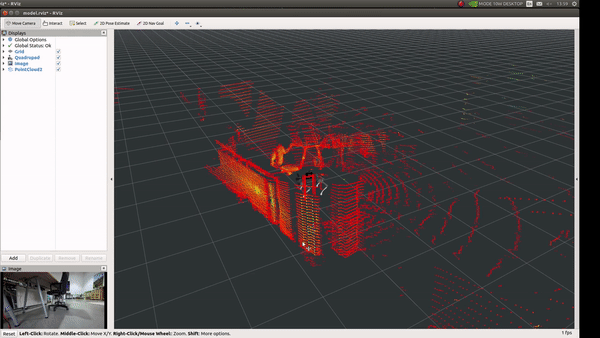Quickstart¶

The video illustrates GPS waypoint navigation. The footage is sped up by x4. The red timer illustrates the waypoint collection and the gps points
illustrate the recording of the GPS points. The green timer illustrates the execution of autonomous navigation based on GPS. The current configuration
has the Husky go within 0.5 meters of the goal before going to the next goal due to cloudy weather. TEB local planner has been used.
3D-SLAM¶

Launch the indoor slam package via:
roslaunch mbs_slam indoor_slam.launch
Launch the outdoor slam package via:
roslaunch mbs_slam outdoor_slam.launch
Launch the localization slam package via:
roslaunch mbs_slam localization.launch
Saving the Point Clouds¶
rosservice call /hdl_graph_slam/dump
Save all the internal data (point clouds, floor coeffs, odoms, and pose graph) to a directory.
rosservice call /hdl_graph_slam/save_map "resolution: 0.05 destination: '/full_path_directory/map.pcd'"
Save the generated map as a PCD file.